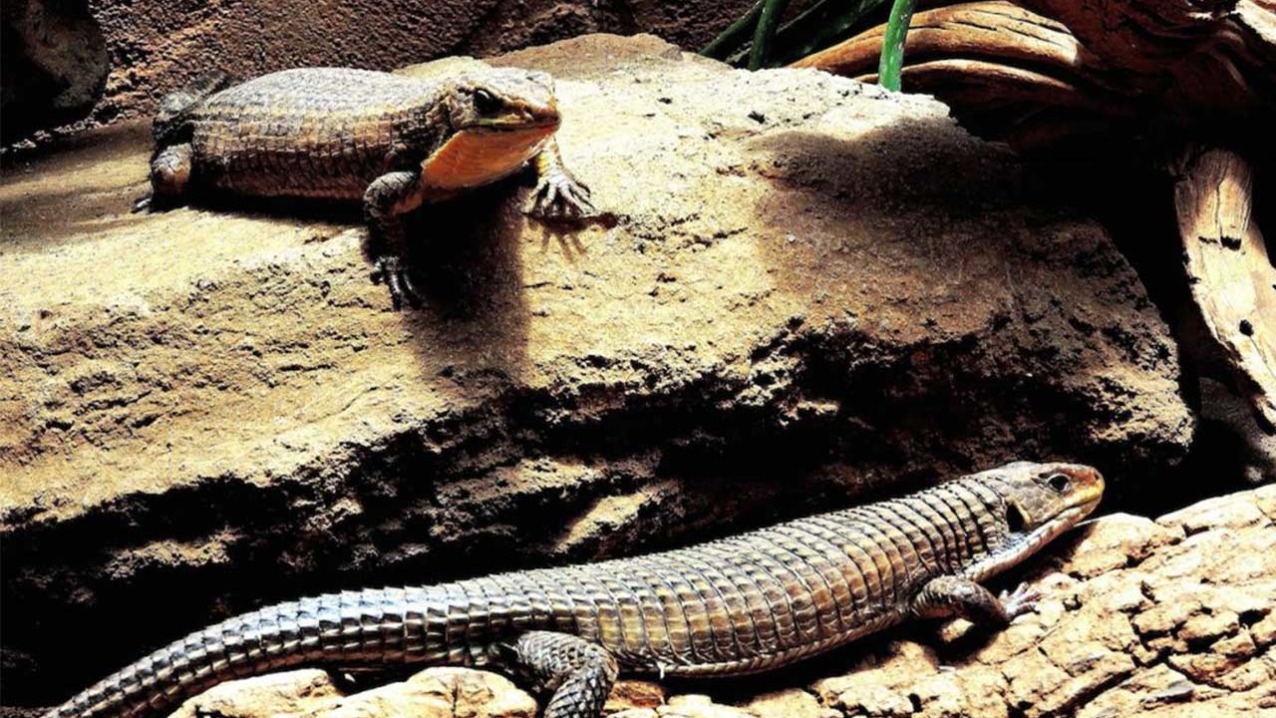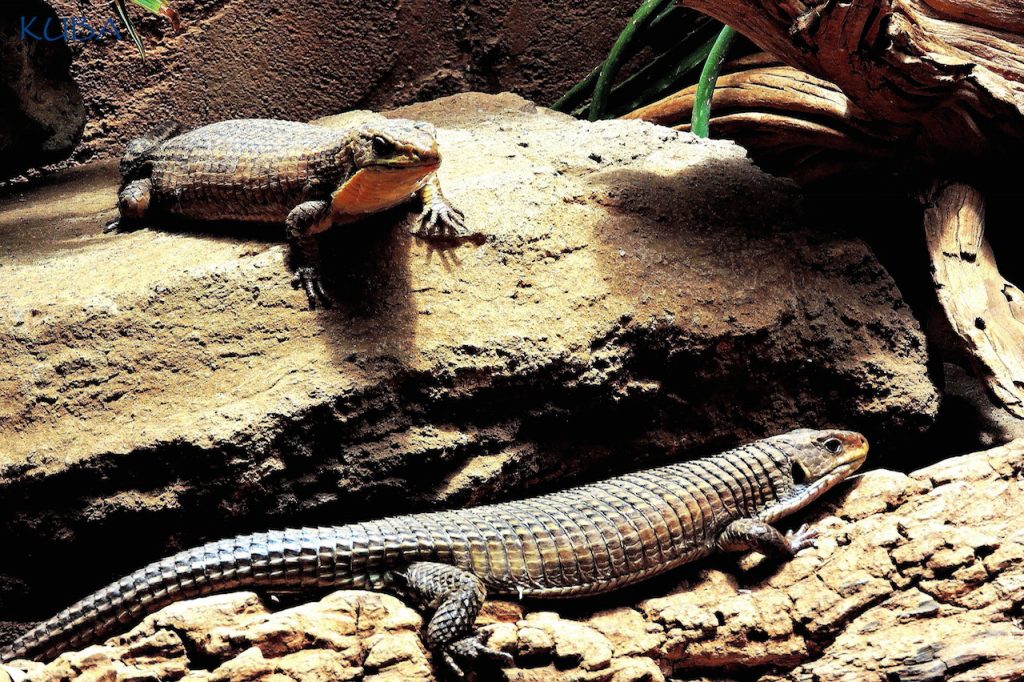gerrhosaurus major
Great Plated Lizard
About Me
Scientific Name: Gerrhosaurus major
Description
Also known as the African Plated Lizard or Sudan Plated Lizard, this reptile can be anywhere from 30-70cm long and have a yellow-spotted black coloring. It is yellow-brown on the upper surface and the belly is a dark brown with the chin and throat usually yellow or cream. The Great Plated Lizard is a large, stout plated lizard with a cylindrical body.
Fun Facts
- When threatened, they will run for cover and wedge themselves in rocky crevices. With their heavy armour, this makes them almost invulnerable to predators.
- The Great Plated Lizard is diurnal and is considered a shy animal, though males will sometimes attack one another for territory claims.
- Kingdom: Animalia
- Phylum: Chordata
- Class: Reptilia
- Order: Squamata
Also known as the African Plated Lizard or Sudan Plated Lizard, this reptile can be anywhere from 30-70cm long and have a yellow-spotted black coloring. It is yellow-brown on the upper surface and the belly is a dark brown with the chin and throat usually yellow or cream. The Great Plated Lizard is a large, stout plated lizard with a cylindrical body. It has a short head, large eyes, and a tail that is usually twice the length of its body. Although it has a solid body, it has smaller legs than iguanas giving the limbs a delicate appearance. This reptile has rough scales on its head. The scales on its back have pronounced keels, and the belly scales are arranged in ten rows. There are deep grooves that run the length of the body which are low on its sides and contain skin not covered with plated scales. These grooves function as expansion joints for a female carrying eggs or for distension after a meal.
The Great Plated Lizard is widely distributed in eastern and southeastern Africa. It is a ground-dwelling lizard and lives in the semi-arid steppe areas, or flat parts of Africa. It prefers temperatures ranging from 75-85 F and utilizes burrows and termite mounds to avoid the sun. Although this plated lizard can sometimes be found in warmer, humid climates, they have not been known to enter the great rain forests.
The Great Plated Lizard is diurnal and is considered a shy animal, though males will sometimes attack one another for territory claims. It will not usually bite when threatened and would rather use its plated tail in defense. As an escape tactic, the plated lizard will run a distance than suddenly halt–with its tail raised–to confuse the pursuer. It will also wedge itself into a crevice to escape a predator. This reptile lives in underground tunnels which it will sometimes share with a snake or mongoose.
This reptile is omnivorous and will eat insects such as crickets, mealworms, mealworm beetles, waxworms, grasshoppers, caterpillars and fruit like bananas, strawberries, cantaloupe, peach, apple, and tomato. The female usually lays two but is able to lay up to four large eggs in damp soil. After being layed, the eggs take three to four months to hatch. Hatchlings are 10-15 cm in length and can already be handled like adults. The largest members of this species can grow to a length of 70 cm. The Great Plated Lizard is currently not on the endangered species list. The majority of the population may be found in eastern and southeastern Africa, from Eritrea (Ethiopia) to Zululand (South Africa) in the savanna and steppe areas of the subsaharan.
This reptile is omnivorous and will eat insects such as crickets, mealworms, mealworm beetles, waxworms, grasshoppers, caterpillars and fruit like bananas, strawberries, cantaloupe, peach, apple, and tomato. The female usually lays two but is able to lay up to four large eggs in damp soil. After being layed, the eggs take three to four months to hatch. Hatchlings are 10-15 cm in length and can already be handled like adults. The largest members of this species can grow to a length of 70 cm. The Great Plated Lizard is currently not on the endangered species list. The majority of the population may be found in eastern and southeastern Africa, from Eritrea (Ethiopia) to Zululand (South Africa) in the savanna and steppe areas of the subsaharan.
Other Reptiles
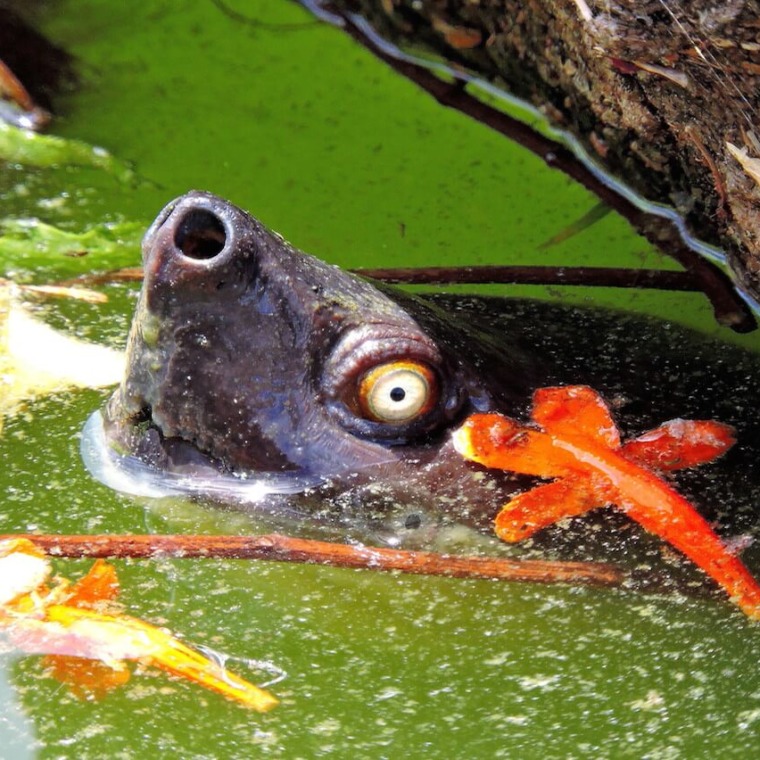
The last populations of Tutong are found in India, Indonesia, Bangaladesh, and Malaysia. It is extinct in its former range of Thailand, Myanmar, Vietnam, and Singapore.
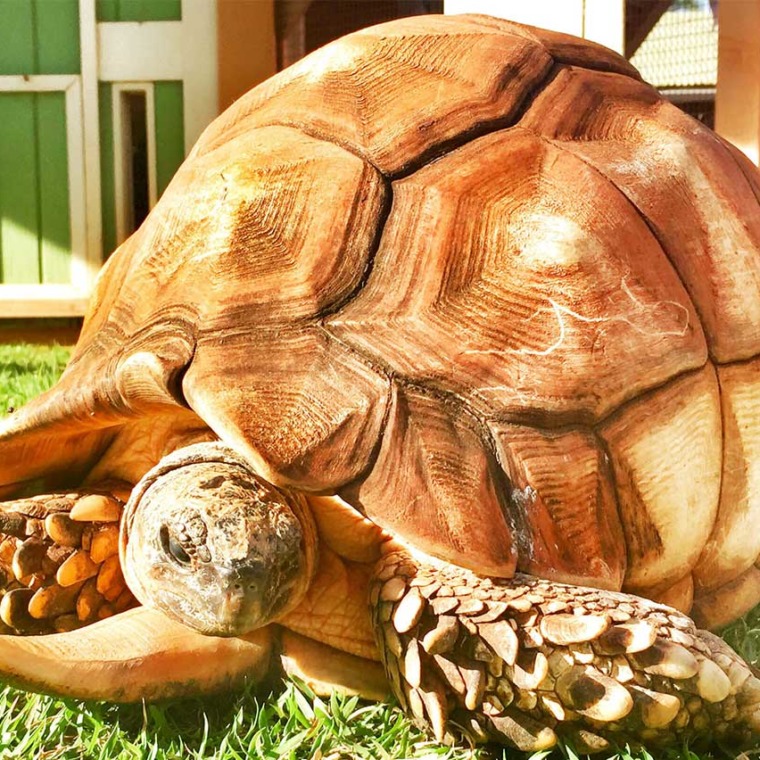
Inactive during cool, dry season (May to October). Does not dig burrows. Seeks protection in thickets and seeks shelter in surface litter. Forages during morning and late afternoon.
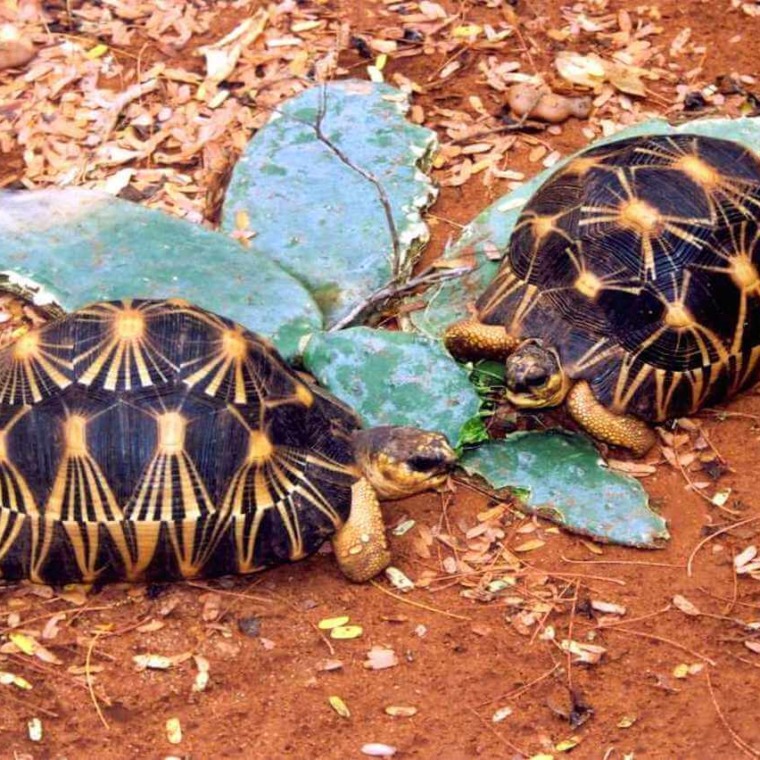
In the wild, this reptile is relegated to the extreme south and south-western portions of Madagascar. In recent times, they have also been introduced to the nearby island of Reunion.
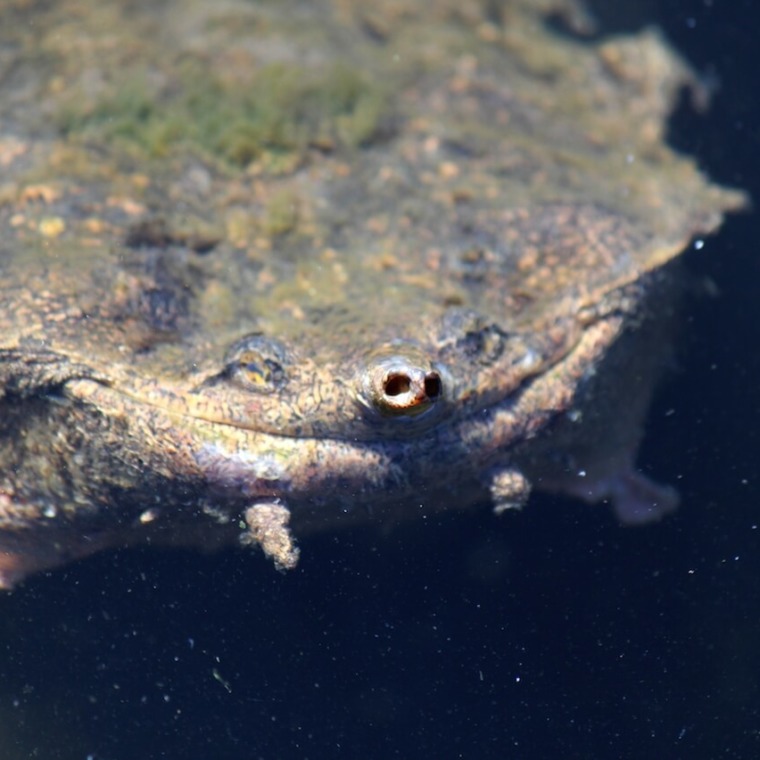
This species inhabits stagnant pools in Brazil and the Guianas and also in parts of the Amazon River and in Trinidad.
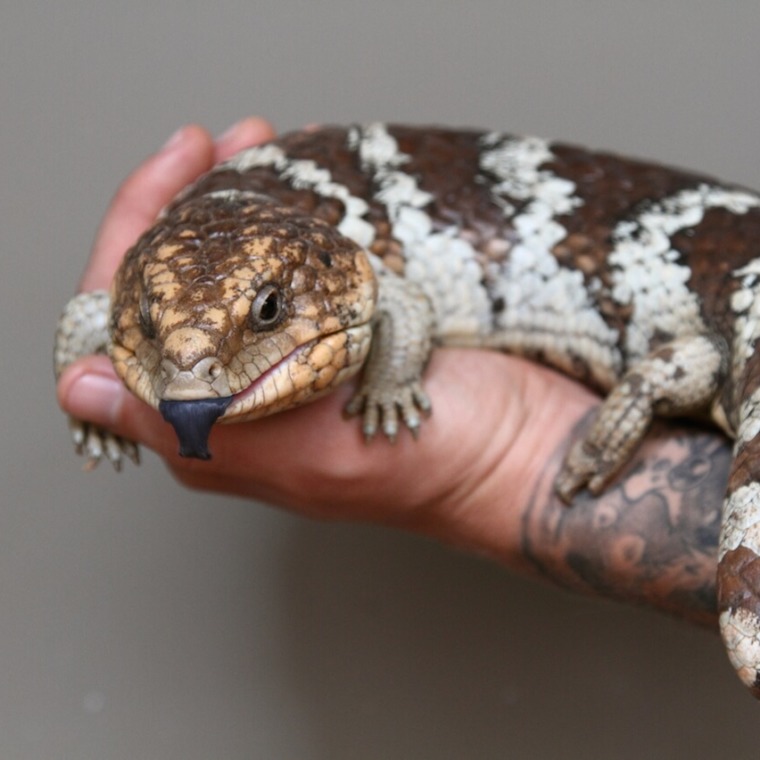
The Shingleback skink is found in southern and western Australia, in desert grassland areas or sandy dunes. Skinks are shy and secretive and seldom stray far from their shelter.


